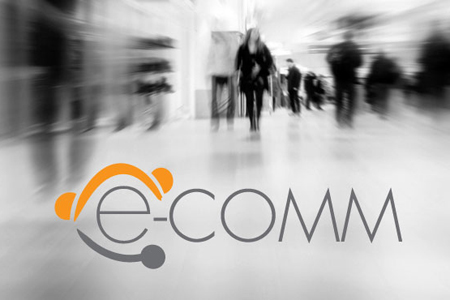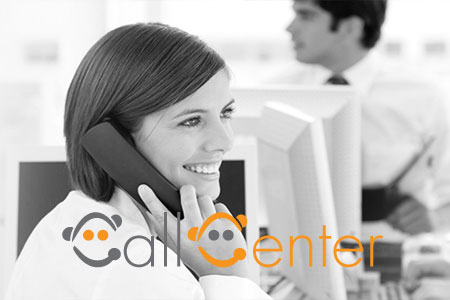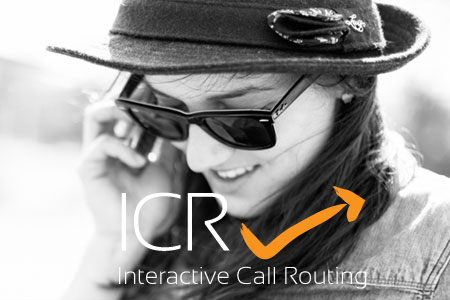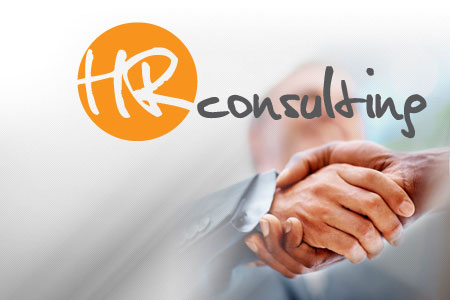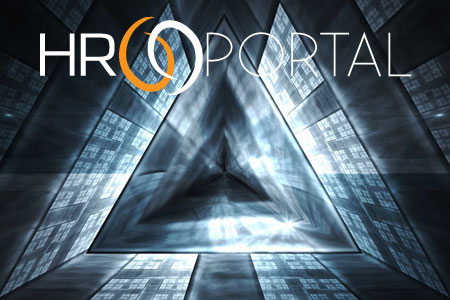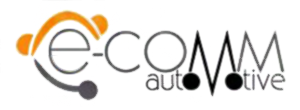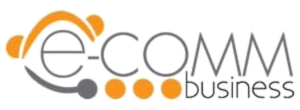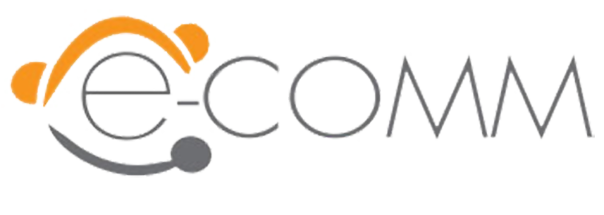
E-COMM Contact Center system, being an intelligent software solution for providing comprehensive customer service, will enable you to listen to your client, get to know them, and provide the right answer in the shortest possible time
E-COMM is all-encompassing: whether it is a phone call, email, SMS, smartphone application, documents, social networks, website, or intranet – no communication with a client will be lost
E-COMM is easy to use, customize, integrate, or purchase
E-COMM keeps pace with business growth, integrates with other systems and applications, or relevant partners
E-COMM effortlessly unifies the work of multiple departments, branches, partners or companies wherever they are being located or whatever IT system they have

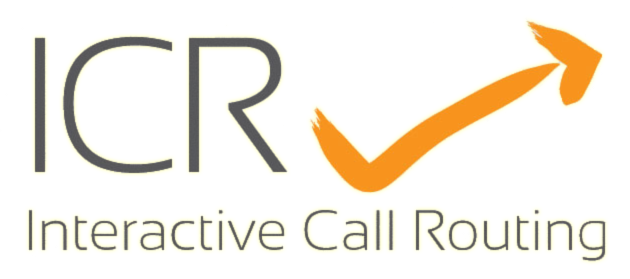
ICR system provides a solution that can best assist you in managing telephone calls, as well as enabling your clients to access the services and information they need more easily and quickly, all through the combination of advanced hardware and software development technology.
It is no longer necessary to route all your calls through a phone switchboard — our system does part of the work for you, communicates with clients, and provides them with timely information.
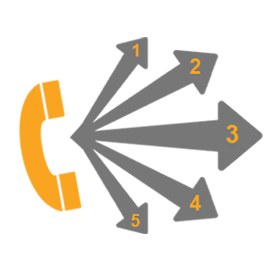
How to find the right system for your company?
Your business has specific needs, which is the reason why we are here to help you adapt our system to your company’s unique requirements.
We combine our expertise in interactive voice response systems with an understanding of your business needs in order of providing you with the best solution. You are involved in the system’s development, ensuring all our clients’ requirements are met in the best possible way.
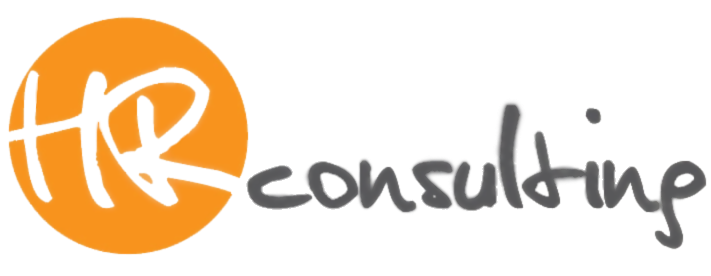
Strategic HR
- Analysis of the current human resource management practices and the impact it has on the organization’s effectiveness and productivity
- Development of a human resource management strategy in line with the organization’s strategic goals, including an action plan and performance indicators.
- Organization’s values and organizational culture analysis (in a modern organization, culture significantly impacts the organization’s success; the organizational culture difference can be illustrated by the story of two stonemasons carving stone for a building. When asked what they were doing, the first replied: “I’m carving this damn block of stone,” while the second said: “I’m part of a team building a cathedral.”).
- An organization that wants its employees to see themselves as part of a team building a cathedral rather than carving a damn block of stone is committed to analyzing and developing its organizational culture.
- Development of a program for creating a new organizational culture
Operational HR:
- Performance measurement program development with training for managers and all employees
- Analysis of employee motivation and stimulation program creation
- Determining training needs and developing a training plan
- Development of a procedure for conducting the selection process
- Analysis of specific human resource management problems identified by the client and development of measures or the purpose of resolving them (issues related to work discipline, high employee turnover, frequent sick leave and absences, low efficiency levels, etc.)
HR Administration
- Performance measurement program development with training for managers and all employees
Organizational Change Management
- Analysis of the organization’s capacity in implementation of organizational changes and development of a change management plan
HR Support in the Restructuring Process
- Performance measurement program development with training for managers and all employees
- Analysis of employee motivation and creation of a stimulation program
- Determining training needs and a training plan development
- Development of a procedure for conducting the selection process
- Organization’s capacity analysis for implementation of organizational changes and a change management plan development
- Outplacement selection when identifying technological redundancies
- Cooperation with the union (win-win strategy)
- A social program management development in collaboration with all relevant stakeholders (management, union, HR department, National Employment Service)



